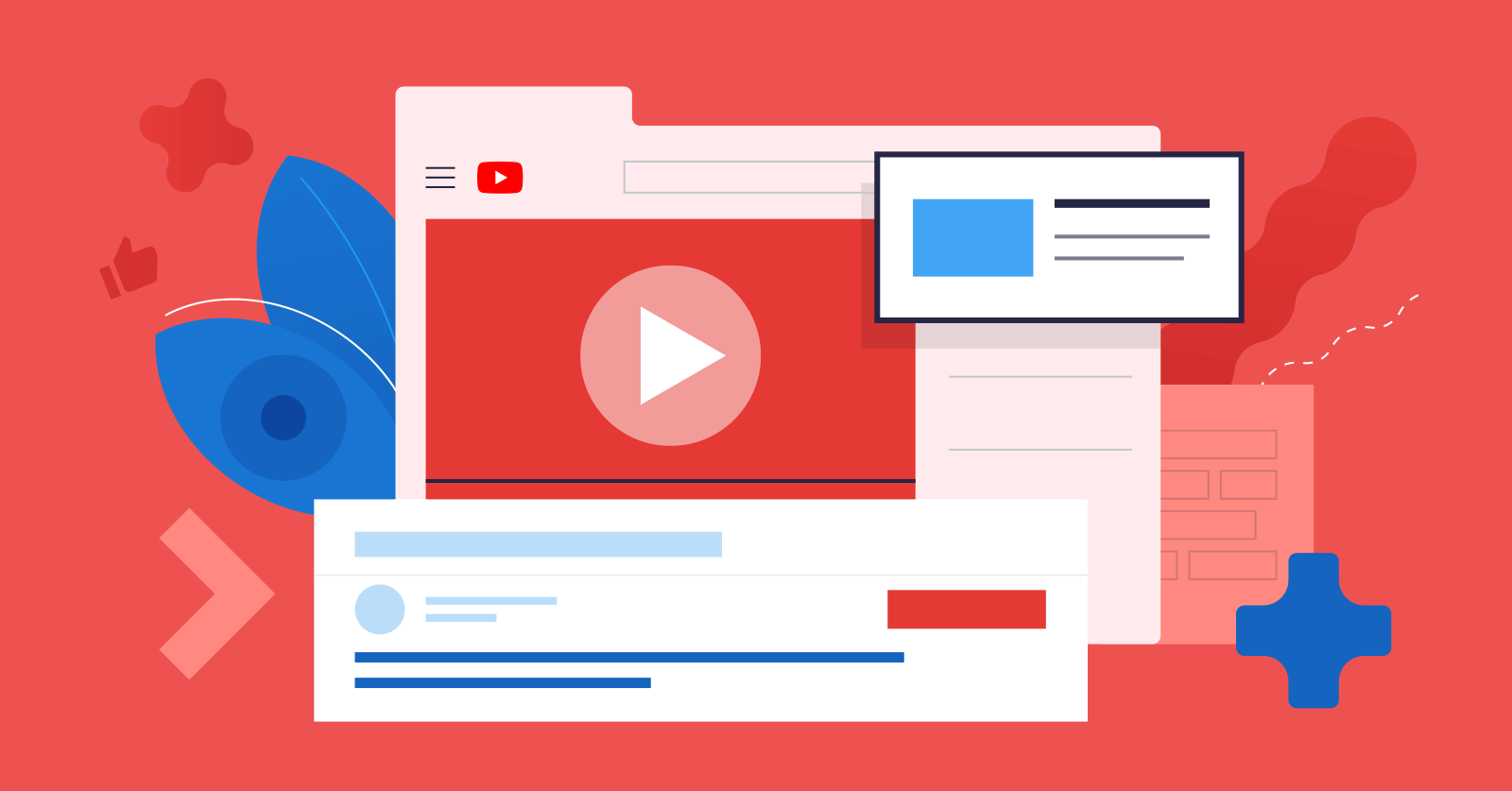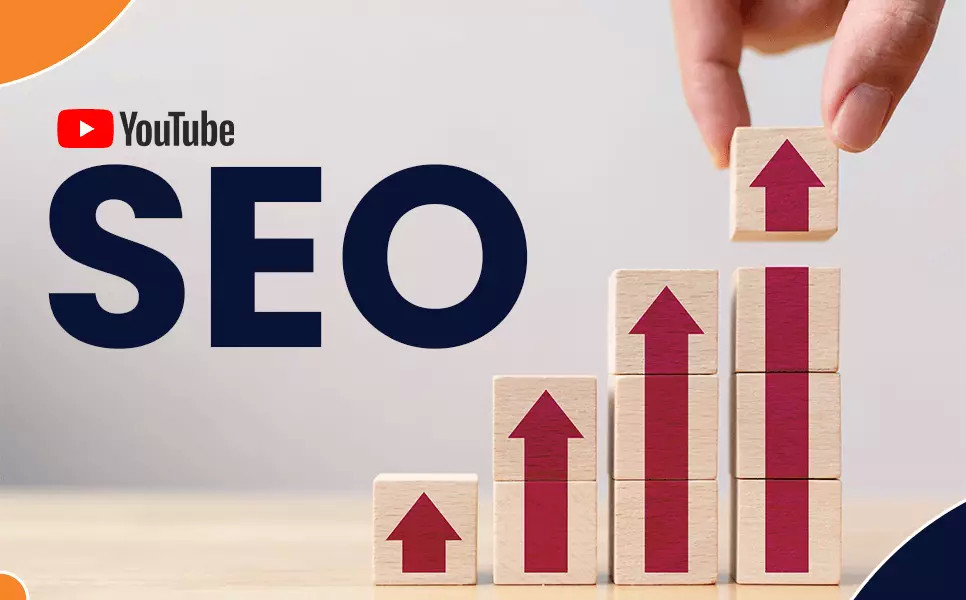
100% Free WebP to JPG Converter
Convert WebP to JPG quickly and easily with our free online tool. No downloads needed – just upload your WebP files and get high-quality JPGs instantly. Perfect for seamless image conversions and maintaining quality. Try it now!
Convert WebP to JPG Instantly - Free Online Conversion Tool
Converting WebP images to the more universally accepted JPG format is often a necessary task in the digital world. Whether you're a graphic designer, a photographer, or just someone who needs to ensure their images are widely accessible, understanding how to make this conversion efficiently is key. This process is not just about changing file formats; it's about ensuring your images are ready for any platform or use case.
Understanding WebP and JPG Formats
When it comes to image formats, WebP and JPG are popular choices, each with its unique characteristics. Below is a table that contrasts these two formats, highlighting their key differences:
| Aspect | WebP | JPG |
|---|---|---|
| Introduction Year | Developed by Google, introduced in 2010. | Created by the Joint Photographic Experts Group, introduced in 1992. |
| Image Quality | Higher quality at lower file sizes. Uses both lossy and lossless compression. | Generally good quality, but loses some data in lossy compression. |
| File Size | Smaller, more efficient, ideal for web usage. | Larger than WebP for similar quality levels. |
| Compatibility | Not universally supported, especially in older browsers and devices. | Extremely wide compatibility across all platforms and devices. |
| Usage Scenario | Best for web developers prioritizing site speed and efficiency. | Suited for general use, especially where universal access is required. |
| Support and Adoption | Growing, but not yet universal. | Universal support, industry standard. |
WebP, being a modern format, excels in providing high-quality images at reduced file sizes, making it a preferred choice for optimizing web content. However, its compatibility issues can be a hindrance, especially for audiences using older devices or browsers.
JPG, with decades of widespread use, stands as the most recognized and compatible image format. It offers a balance of quality and file size that makes it suitable for a broad range of applications, from professional photography to everyday use.
The choice between WebP and JPG often comes down to a trade-off between file size efficiency and universal compatibility. This understanding forms the basis of why converting WebP format to JPG can be an essential skill, especially in contexts where reaching the widest audience is paramount.
File Size Comparison Example: Imagine a standard image used for a web article. In JPG format, this image might have a file size of around 500 KB. The same image, when converted to WebP, could reduce in size to approximately 300 KB, offering a 40% reduction in file size without a noticeable loss in image quality. This difference is significant, especially for websites where loading speed and bandwidth are crucial factors.
This example illustrates why WebP is gaining popularity for web use: its ability to reduce file sizes substantially while maintaining quality is a game-changer for web performance. However, JPG's universal compatibility keeps it relevant, especially in scenarios where the broadest possible accessibility is crucial.
Understanding these nuances is key to making informed decisions about which format to use for your images, and why converting from WebP to JPG can be important in certain contexts.
Why Convert WebP format to JPG?
While WebP offers undeniable advantages in terms of file size and quality, there are compelling reasons to convert these images to the more universally accepted JPG format.
-
Compatibility and Accessibility: Despite its efficiency, WebP is not as universally supported as JPG. When sharing images with a broad audience, using JPG ensures that everyone, regardless of their device or browser, can view them without issues.
-
Ease of Use and Editing: JPG files are easier to edit and are supported by a wider range of image editing software. This makes JPG a preferable choice for those who need to frequently modify images.
-
Print and Physical Media: For print purposes, JPG is often the preferred format due to its compatibility with most printing services and its better representation of colors and details when printed.
-
Social Media and Online Platforms: Some social media and online platforms do not accept WebP files. Converting to JPG ensures that your images can be uploaded without any compatibility problems.
In short, converting WebP to JPG is about ensuring your images are as versatile and accessible as possible. It's a practical move to maximize the reach and usability of your visuals across different mediums and platforms.
How to Choose an Online Webp to JPG Converter?
Selecting the right online converter for transforming WebP images format into JPG format is crucial. Here are factors to consider ensuring you pick the best tool for your needs:
-
Ease of Use: Look for a converter with a straightforward, user-friendly interface. A good converter should make the process simple and quick, without requiring extensive technical knowledge.
-
Conversion Quality: The quality of the converted image is paramount. Choose a converter that maintains the original image's quality, without significant loss of detail or color accuracy.
-
Privacy and Security: Ensure the converter you choose respects your privacy and has clear policies about not storing or misusing your images. This is especially important if you are converting images containing sensitive or personal information.
-
Conversion Speed: Time is a valuable resource. A converter that processes images swiftly will save you time, especially when handling multiple conversions.
-
File Size Limits: Some converters have limits on the size of the files you can upload. Check these limits to ensure they align with your requirements, particularly if you're working with high-resolution images.
-
Additional Features: Some converters offer extra features like batch processing, which allows you to convert multiple images at once, or the ability to adjust image quality settings before conversion.
Remember, the best converter is one that balances all these factors to suit your specific needs. Taking a moment to assess these aspects will lead you to a tool that makes your conversion process efficient and hassle-free.
Step-by-Step Guide: Converting WebP format to JPG with SimpleOnlineConverter
SimpleOnlineConverter offers a straightforward and efficient way to convert WebP images to JPG format. Here’s how you can use this online tool:
-
Visit the Website: Go to https://simpleonlineconverter.com/webp-to-jpg. The site's clean and intuitive interface is designed for ease of use.
-
Upload Your WebP Image or Use a URL: You have two options to input your WebP file. You can either upload the image directly from your device by clicking on the upload area or dragging and dropping the file. Alternatively, SimpleOnlineConverter allows you to import an image using a URL, which is particularly handy for converting images directly from the web.
-
Adjust Settings (Optional): If necessary, adjust the image quality settings. This feature is useful for tailoring the output file size and quality to meet your specific needs.
-
Initiate the Conversion: Click on the ‘Convert’ button after uploading your image. The conversion process is quick, typically taking just a few seconds.
-
Download the Converted JPG File: Once the conversion is complete, a ‘Download’ button will appear. Click it to save the new JPG file to your device.
This guide aims to make your experience converting WebP to JPG with SimpleOnlineConverter smooth and hassle-free. The tool's added flexibility of URL importing makes it incredibly convenient for a wide range of conversion needs.
Other Image Converter tools

Sai Bharath
Founder
As a seasoned web developer and passionate blogger, I blend a rich background in computer science with a flair for creating engaging digital experiences. With a degree in computer science, I have honed my skills in coding, design, and user experience. My blog showcases the latest trends in web development, practical coding tips, and insights into the ever-evolving tech landscape. I have created this Tool site for developers and marketerrs as a gift for them to use it freely.







.jpg)

